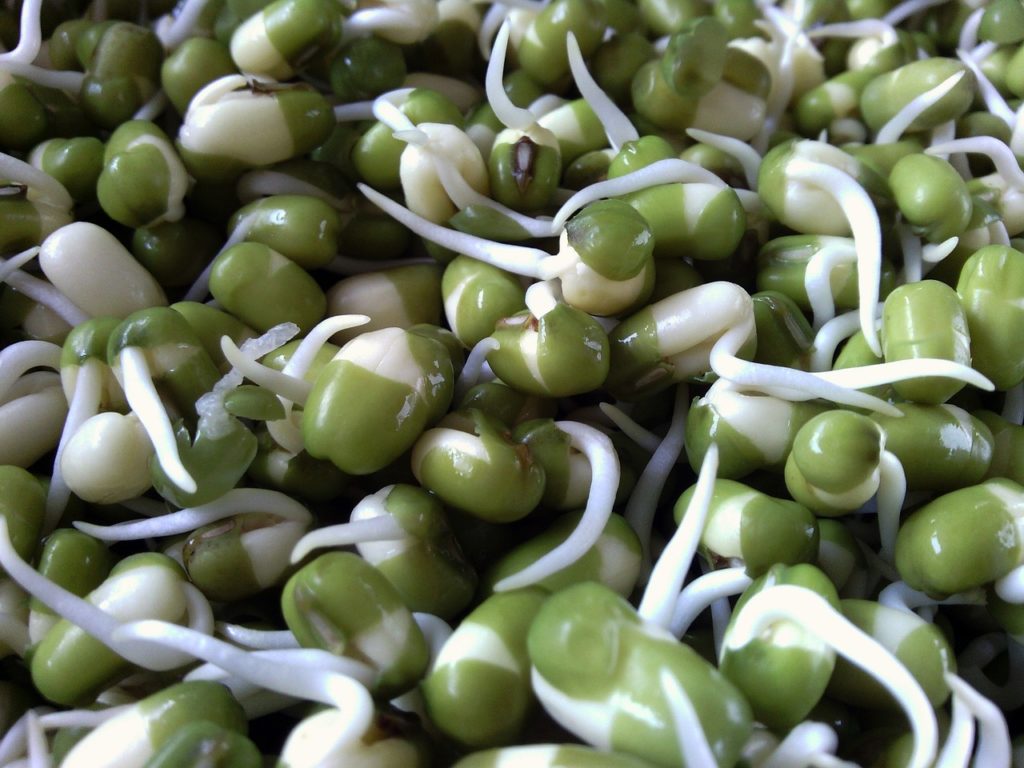
22 Most Dangerous Foods for High Blood Sugar NB Diabetics and Prediabetics
But is this true? Click here for a different view.

Their findings show that, on average, the participants consumed the recommended amount of proteins and essential amino acids and that their diet consisted mainly of unprocessed and minimally processed foods. However, participants who consumed proportionally lower levels of industrialized products such as protein supplements and textured soy protein were more likely to exhibit inadequate protein intake, suggesting a significant reliance on nutrients from ultra-processed proteins for this population.
Coined by researchers at the same university’s School of Public Health (FSP-USP), the term “ultra-processed products” refers to industrially formulated edible substances synthesized from fractionated ingredients and blended with chemical additives (colours, aromas, emulsifiers, thickeners etc.) to enhance their palatability.
“Our results contradict the stigma that a vegan diet can’t provide the amount of protein and essential amino acids a person needs and show that a vegan diet can be nutritionally adequate. Moreover, the vegans in the study consumed ultra-processed products less than the general population,” said Hamilton Roschel, head of the Applied Physiology and Nutrition Research Group at FM-USP’s Center for Lifestyle Medicine.
F
“Animal food products are known to be generally more dense in protein and essential amino acids. For example, meat, milk and eggs contain more protein per gram than rice or beans. It was therefore important to investigate whether this requirement was met by diets consisting solely of plant protein,” Roschel said.
This was the main reason for investigating whether a vegan diet affords adequate protein and acceptable levels of essential amino acids.
The study also found a significant correlation between adequate protein intake and consumption of ultra-processed products. “Although this group consumed a small amount of ultra-processed products, some participants appeared to rely on them to meet their protein needs. This is partly because unprocessed foods are generally less dense in protein, which paved the way for the so-called meat substitute industry, whose market share is growing,” Roschel said.
Meat substitutes consist of plant protein processed to mimic different types of meat, such as vegan hamburgers, sausages, and nuggets. Cheese substitutes, such as soy, pea, rice, or potato protein, are also available. Both are considered ultra-processed products.
It is worth noting that consumption of ultra-processed products is associated with a heightened risk of weight gain, diabetes, hypertension and other cardiovascular diseases, depression, some types of cancer, and premature death. Not all the effects of plant-based ultra-processed products are known, but recent evidence suggests they, too, maybe unhealthy.
The researchers concluded that textured soy protein (TSP) and plant-based protein supplements were the main ultra-processed products that determined adequate protein intake for Brazilian vegans.
“Although they tend to be classified as ultra-processed products, TSP and protein supplements aren’t necessarily unhealthy, which can’t be said of ultra-processed products that contain high levels of fat, sugar, sodium, preservatives and artificial additives, for example,” Roschel said.
As a broad category, Ultra-processed products are considered unhealthy in many studies, but there is robust evidence that soy-derived foods do not harm human health. “TSP is an important source of protein and essential amino acids for vegans, even though it’s classified as ultra-processed. Ultra-processed products vary considerably in formulation, and despite the consensus that they should generally be avoided, it isn’t reasonable to ignore the clear differences between them,” he said.
As the researchers note, the same can be said about plant-based protein supplements, “an evidence-based strategy to support muscle health also associated with protein adequacy” in different contexts, such as when unprocessed and minimally processed foods do not supply sufficient protein or when a clinical condition requires a different kind of nutritional management. “In these contexts, plant-based protein plays an important role and should not be overlooked,” Roschel said.
“Our findings don’t show that ultra-processed products are good, and the findings should not be used to encourage their consumption. However, it would be wrong to close one’s eyes to their significant differences and the importance of their role in specific contexts.
Diet quality improves when people add one cup of Beans and/or Chickpeas daily. Credit Coalition for the Advancement of Pulses
New research shows an association between more excellent beans and pulse consumption, improved shortfall nutrient intakes, and higher diet quality in American adults.
Researchers assessed the effect of increased bean and pulse consumption in the typical US dietary pattern on shortfall nutrient intakes and diet quality outcomes. According to the findings, nutritional patterns rich in beans and pulses are associated with significantly higher diet quality scores and greater intake of shortfall nutrients, including nutrients of public health concern. Pulses are the edible seeds of plants in the legume family. Pulses grow in pods and come in various shapes, sizes, and colours. They include beans, peas, chickpeas, and lentils. The composite included canned and dried kidney beans, black beans, chickpeas, and pinto beans for this study.
Impact on Shortfall Nutrients
Using data from the National Health and Nutrition Examination Survey, 2001-2018, the analyses modelled the addition of one and two servings of beans (as outlined above) in adults. Results show that greater consumption of beans is associated with significant increases in several shortfall nutrients, including dietary fibre, potassium, magnesium, iron, folate, and choline.
Impact on Diet Quality
Additionally, the addition of 1 and 2 servings of beans daily to the typical US dietary pattern significantly increased overall diet quality, as assessed by USDA’s Healthy Eating Index-2015 (HEI-2015). In fact, HEI-2015 total scores were 15% greater with an additional serving of beans and 19% higher with two servings of beans relative to the typical US dietary pattern.
This evaluation showed that beans substantially increased daily dietary fibre intake in both younger and older adults. This is critical since fewer than 1 in 10 US adults meet fibre recommendations to maintain optimal digestive health and prevent chronic diseases, including cardiovascular disease, diabetes, obesity and certain cancers. Additionally, the majority of US adults fall short of meeting potassium recommendations. According to the American Heart Association, “Foods with potassium can help control blood pressure by blunting the effects of sodium, and the more potassium you eat, the more sodium you process out of the body.”
“This research clearly shows that eating beans and pulses is good, but eating more is better.,” states study author Yanni Papanikolaou of Nutritional Strategies Inc. “Beans and pulses are excellent sources of fibre, folate and potassium and excellent sources of plant protein that also provides iron and zinc like other protein foods.”

“In this episode, my guest is Dr Robert Lustig, M.D., a neuroendocrinologist and professor of paediatrics at the University of California, San Francisco (UCSF). He is also a bestselling author on nutrition and metabolic health. We discuss the “calories in calories out” (CICO) model of metabolism and weight regulation and how specific macronutrients (protein, fat, carbohydrates), fibre, and sugar can modify the CICO equation. We cover the impact of different types of sugars, particularly fructose, sugars found in liquid form, taste intensity, and other factors on insulin levels, liver, kidney, and metabolic health. We also explore how fructose in non-fruit sources can be addictive, similar to drugs of abuse, and how sugar alters brain circuits related to food cravings and satisfaction. Additionally, we discuss the role of sugar in childhood and adult obesity, gut health and disease, and mental health. Furthermore, we delve into how the food industry uses refined sugars to create pseudo foods and their effects on the brain and body. This episode provides actionable information about sugar and metabolism, weight control, brain health, and body composition. It should be of interest to anyone seeking to understand how specific food choices impact the immediate and long-term health of the brain and body.”
